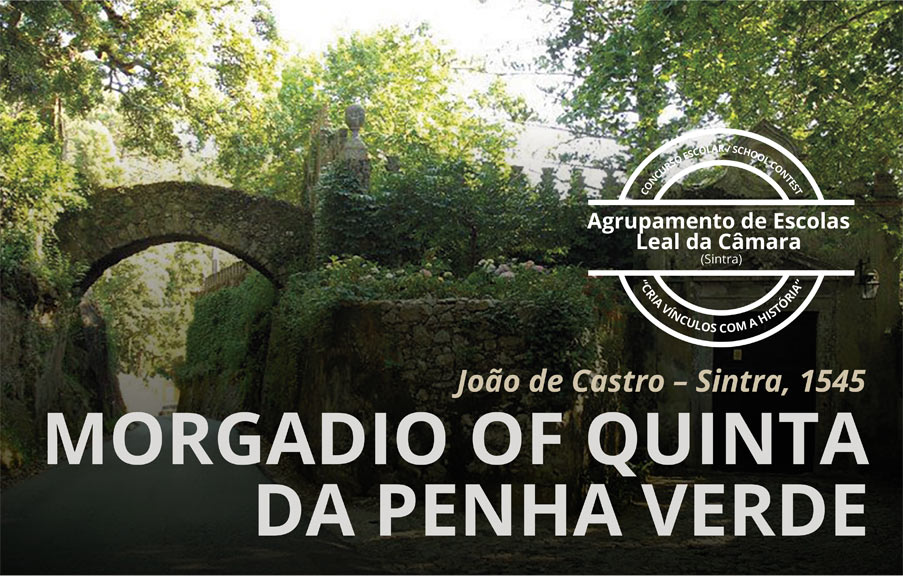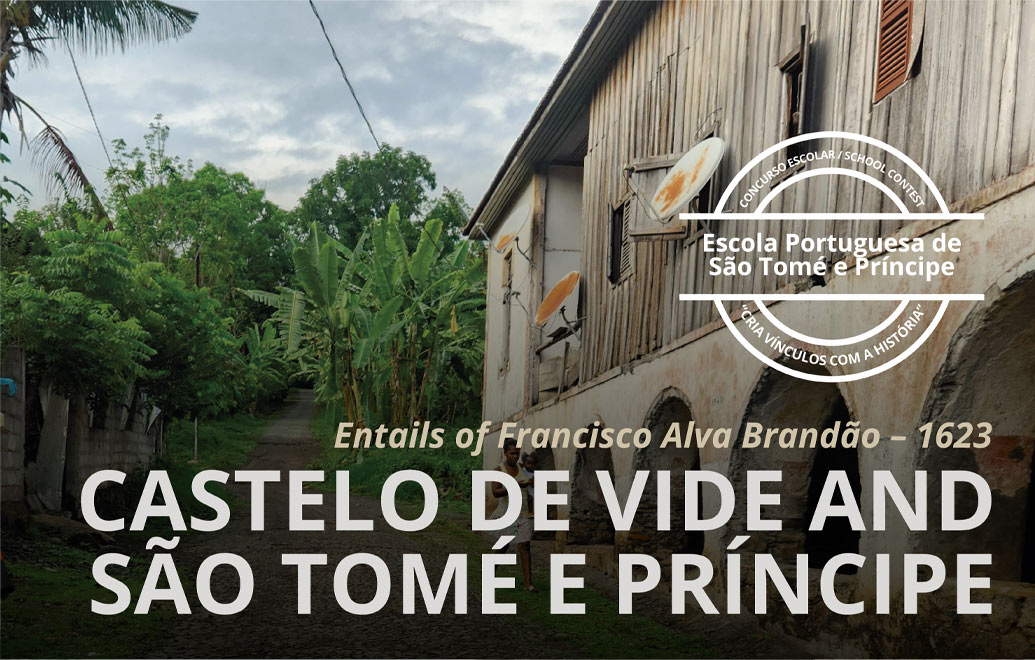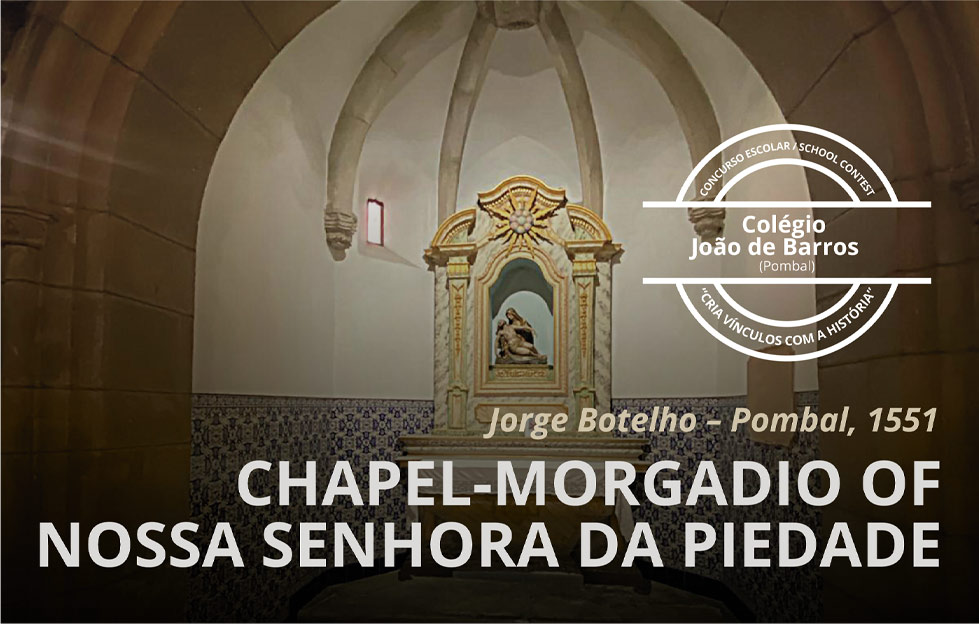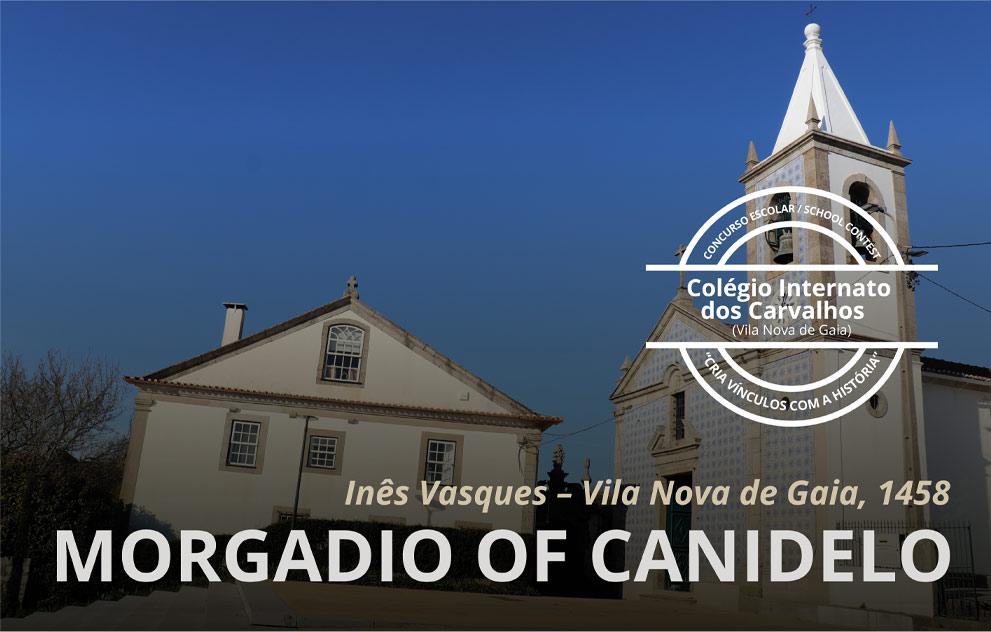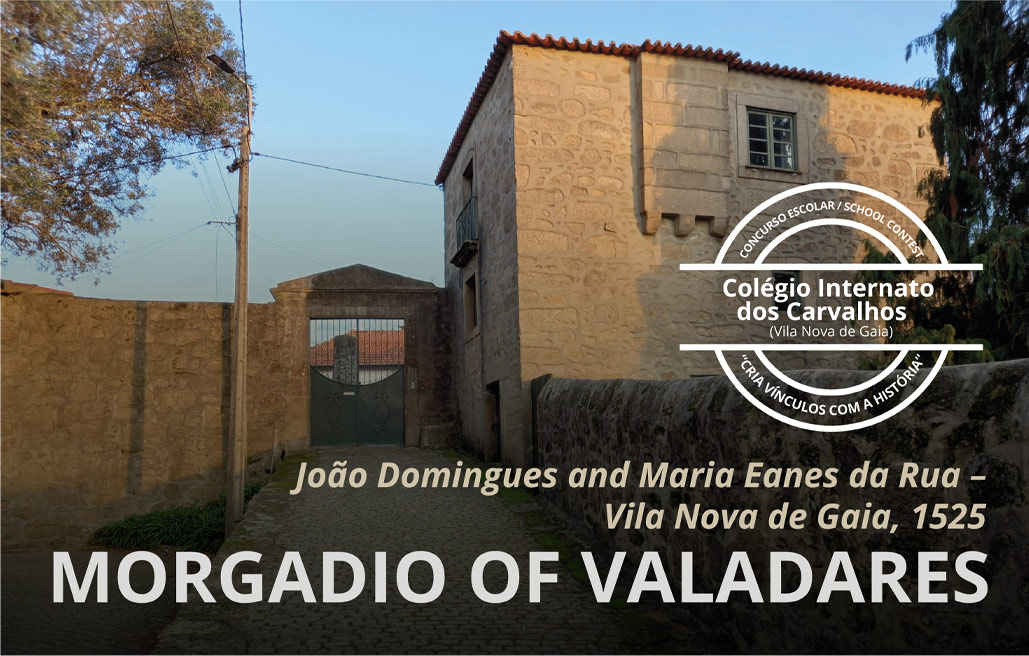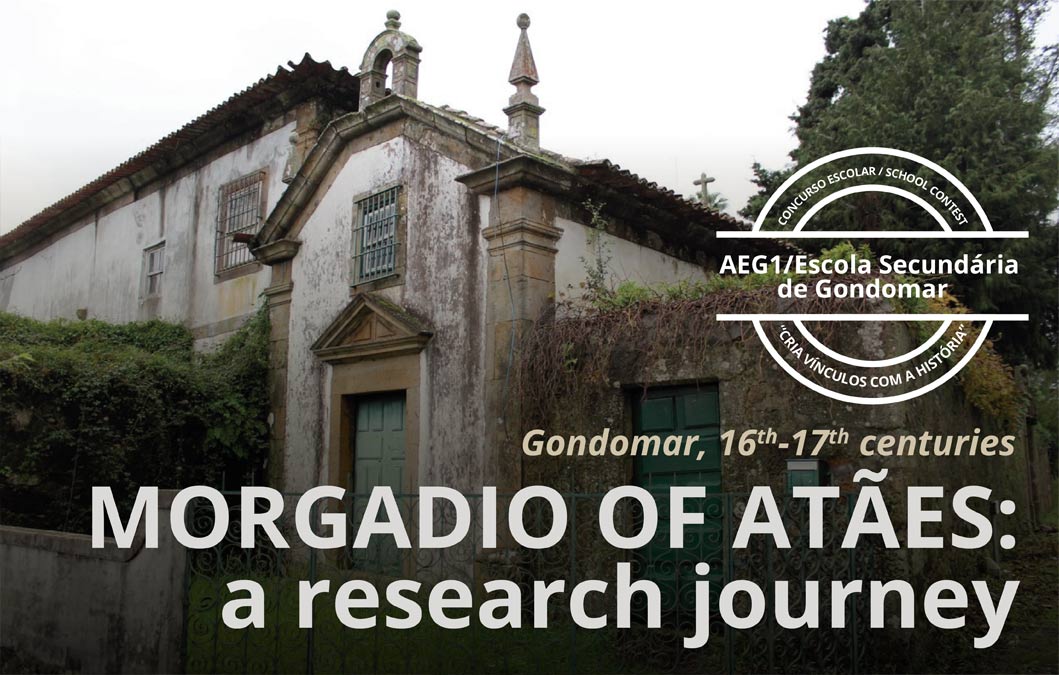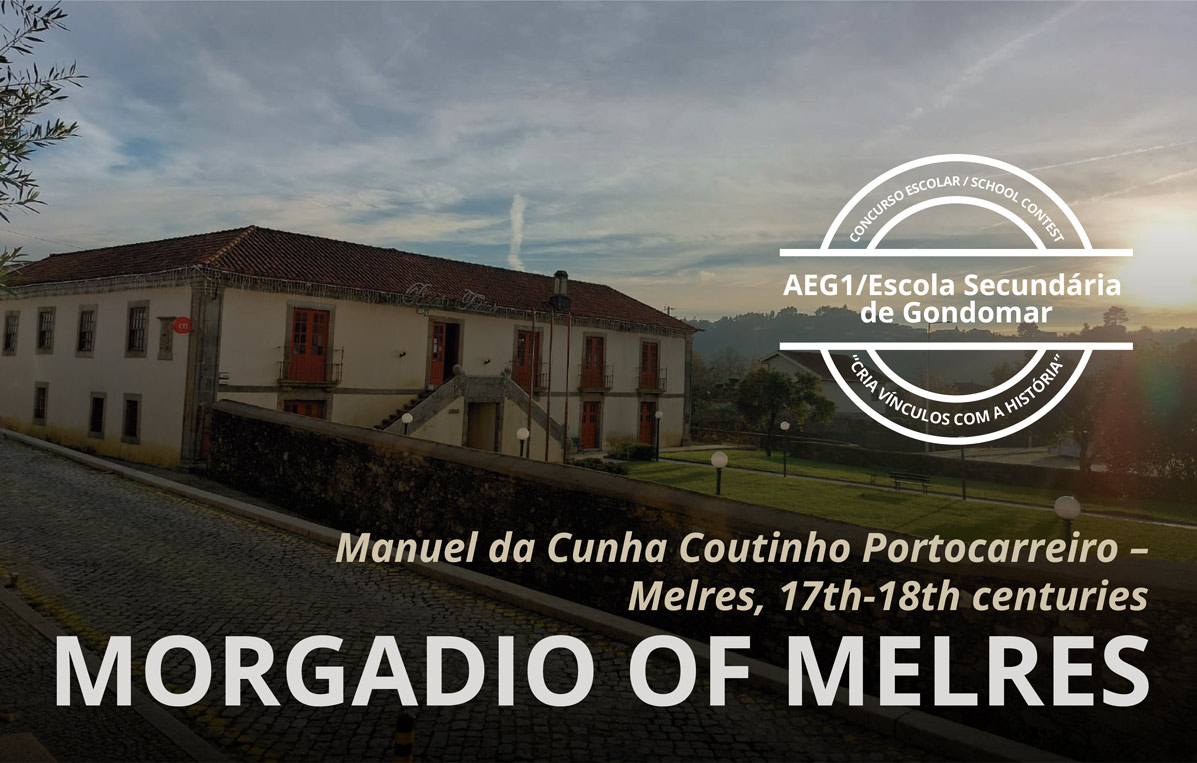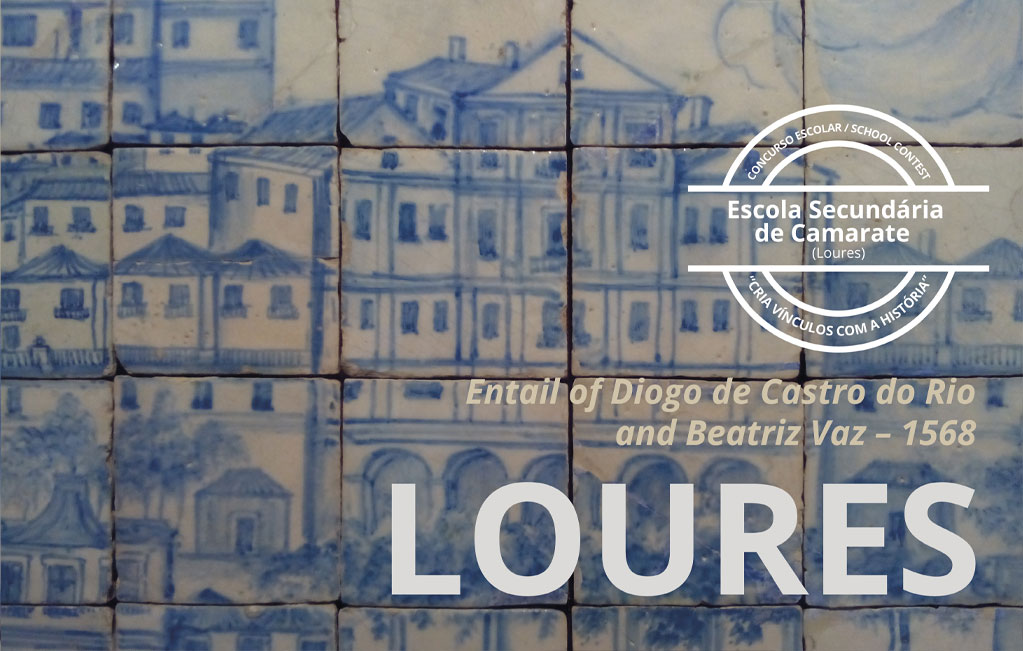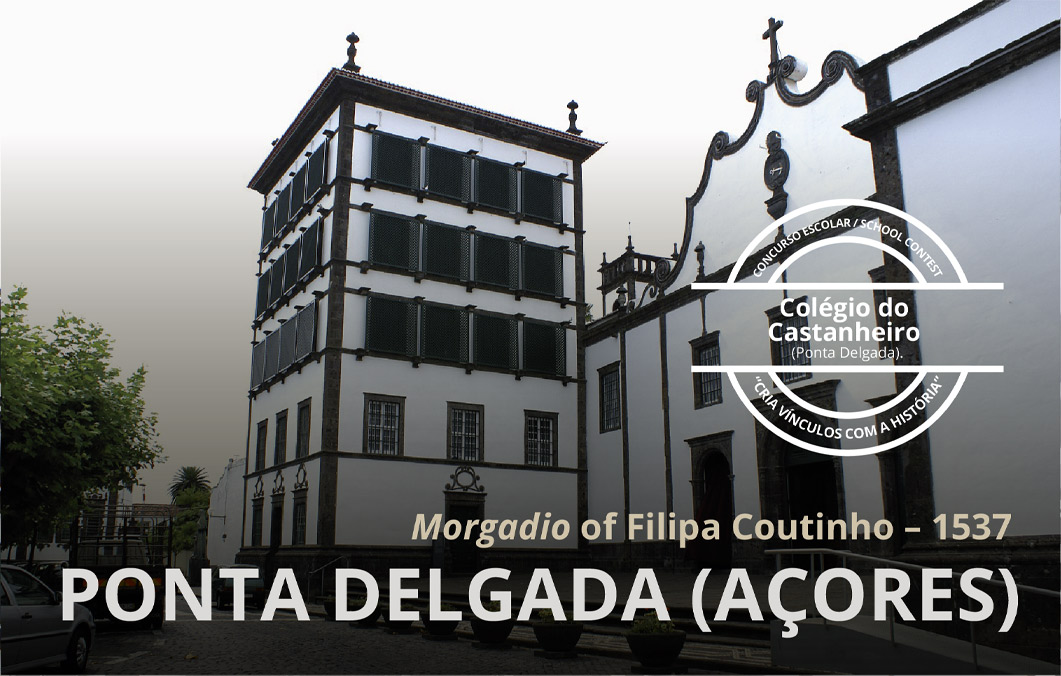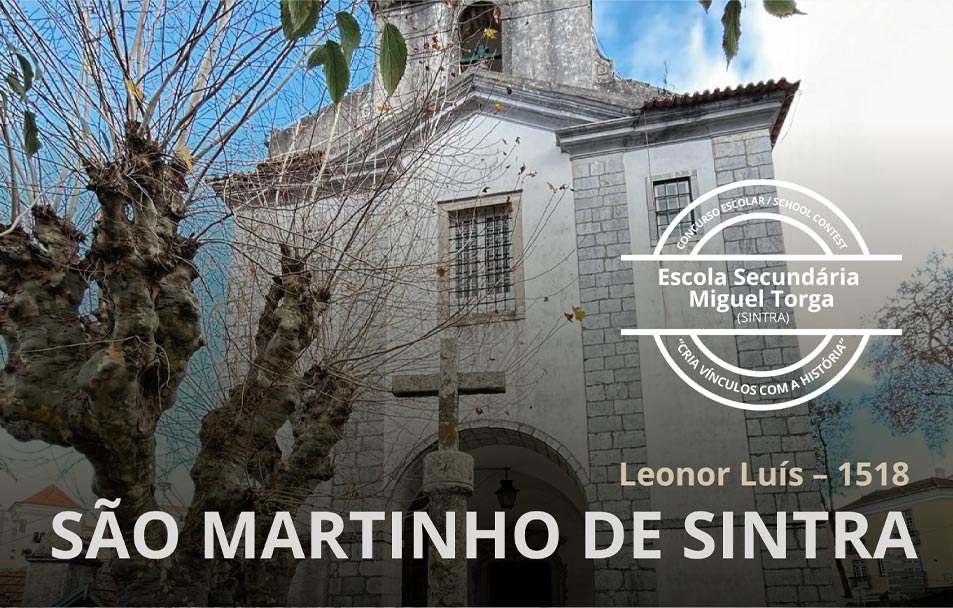Entail of the month (September, 2024)
Entail of Nossa Senhora da Piedade
By Jorge Botelho (1551)
In the transition to the 16th century, Pombal was a village with a very different configuration to today. As well as being a commercial centre of great importance, Pombal stood out for the number of noble families who settled there and built up their patrimony, as was the case with the Botelhos. King Manuel I was not indifferent to this dynamism, and in 1509 he ordered the castle to be remodelled (EUSÉBIO, 2007: 78-87).
Coming from a noble lineage, Jorge Botelho, a noble knight of the King’s household, drew up his will on 23 February 1551, establishing a chapel-morgadio, defining the pious legacies to be fulfilled and the forms of administration of the assets that he entailed for this purpose in the lands of Pombal (ADLRA, Governo Civil de Leiria, Tutela Administrativa, Registo de Instituições de Vínculos, fls. 5-8).
[Fig. 1] Chapel of Nossa Senhora da Piedade (Our Lady of Mercy).
Although the will makes no reference to his stay in India, contrary to what was customary for those who travelled to these areas, we believe that the creator of this entail was most probably “Jorge Botelho de Pombal” or “Jorge Botelho do Pombal”, as he is referred to in various passages by João de Barros (BARROS, 1628: 20v) and Fernão Lopes Castanheda (CASTANHEDA, 1928: 14, 200).
In his will, Jorge Botelho stated that he wanted to be buried in the chapel of Nossa Senhora da Piedade (Our Lady of Mercy), in the church of São Martinho de Pombal, which he had built for his family’s funeral pantheon, identified by the coat of arms that closes the ribs of the vault (LEAL, 1876: 131-132; website cm-pombal.pt; website infopedia.pt). On the tombstone, the founder ordered a coat of arms to be placed and also the inscription: “Here lies Jorge Botelho, the first founder who ordered this chapel to be built for his devotion” (ADLRA, Governo Civil de Leiria, Tutela Administrativa, Registo de Instituições de Vínculos, fl. 5).
As was customary, he defined the suffrages for his soul on the day of his funeral and expressed his charity by ordering that “three poor people be dressed in coats, shorts and hoods, and if they are women, in skirts and petticoats”.
As for the pious legacies, he attached the perpetual obligation defined by his deceased sister, Branca Botelho, to celebrate a mass “every Monday in the said chapel”; and he himself defined, both for his soul and for the souls of his parents and sister, a mass every Friday, every week “as long as the World lasts”. The entail thus required the celebration of two Masses a week.
[Fig. 2] Inscription on the wall of the chapel of Nossa Senhora da Piedade (Our Lady of Mercy).
In order to fulfil the pious legacies, he entailed “all his land” taken from the “Quinta das Ferrarias da Ribeira de Litém” which “will go together with the farm of the said chapel” left by his sister.
The concern to perpetuate her material and immaterial memory is visible in the definition of the rules of succession for the administration of this legacy. Jorge Botelho wanted the aforementioned chapel of Nossa Senhora da Piedade and the Quinta das Ferrarias in Ribeira de Litém to run together “always on its right line”. And so he appointed his eldest legitimate son, António Botelho, as the first administrator, and after his death, his male children. In view of his heir’s minority, the captain appointed his wife Isabel Machado, whom he had married after his return from India around 1553, as temporary administrator, provided that she did not remarry or do “anything else she should not”, or she would be stripped of the said administration (ADLRA, Governo Civil de Leiria, Tutela Administrativa, Registo de Instituições de Vínculos, fl. 6).
Before his marriage, Jorge Botelho had had a son with Francisca Vaz, also called Jorge Botelho. He awarded Francisca the “farmstead of Pisões, in Ribeira de Litém” and stipulated that, on his death, this property should pass to their son and then to his legitimate children, “from this day for ever and ever”.
[Fig. 3] Tombstone of Jorge Botelho.
Concluding the will, the founder asked Diogo Botelho, his cousin who lived in Leiria, and Jácome Botelho, his brother, “both for the service of Our Lord”, to enforce it; “and that if anything is necessary”, he asked Friar António, Bishop of Angra, to help them. He asked everyone together “to give the said wife and children every help and favour to provide for them” and also ordered his wife to do nothing “without the advice and help of the said Diogo Botelho and Jácome Botelho, and thus in the said administration of the said chapel in anything else of his estate”.
In the 19th century, after the scourge of the French Invasions, which destroyed a large part of Pombal’s heritage, Jorge Botelho’s sixth grandson and administrator of the entail, Captain Major Jorge Coelho de Vasconcelos Lobo Botelho e Sousa, remembered the ancestor who had established the entail, ordering an inscription to be placed on the wall of the chapel of Nossa Senhora da Piedade. He also ordered a second tombstone to be affixed to the Quinta das Ferrarias, the head of the morgadio, which in the 20th century was transferred to the keep of Pombal castle (SMITH, 1994: 8-9).
More than just an entail for subsequent generations, Jorge Botelho established a chapel-morgadio for eternity, as long as the world lasted. The chapel became extinct in 1863, following the general abolition of entails, and was then administered by the Viscounts of Almeidinha (LEAL, 1876: 131-132), its 13th administrators.
This “Entail of the Month” was created as part of the “Cria Vínculos com a História” competition.
School: Colégio João de Barros (Pombal).
Class: 11.º A-CS.
Teacher: Leandro Correia.
Students: Beatriz Costa Ferreira, Carmen Gaspar António, Daniela Ferreira Soares, Dinis Emanuel Pereira da Mota, Francisco José Rosa Santos, Guilherme das Neves Capitão, Guilherme dos Santos Dias, João Ruas Mota, Juliana Sobreiro Duarte, Maria João Duarte Pimpão dos Santos, Martim dos Santos Marques, Rute Costa Baptista, Simão André Pataco Louro.
Coordination: Maria de Lurdes Rosa, Abel Rodrigues, Leonor Dias Garcia.
Sources and bibliography
ADLRA, Governo Civil de Leiria, Tutela Administrativa, Registo de Instituições de Vínculos, fls. 5-8.
BARROS, João de – Decada segunda da Asia de Ioão de Barros. Dos feitos que os portugueses fezerão no descobrimento & conquista dos mares & terras do Oriente. Lisboa: impressa per Iorge Rodriguez, 1628, p. 20v. [12/02/2024] Available at https://purl.pt/21935/4/
CASTANHEDA, Fernão Lopes de – História do descobrimento & conquista da Índia pelos portugueses. Vol. 2, 3.ª ed. conforme a edição princeps, Coimbra: Imprensa da Universidade, 1928, pp. 14, 200. [12/02/2024] Available at https://purl.pt/37410/2/
EUSÉBIO, Joaquim – Pombal: 8 séculos de história. 2.ª edição, Pombal: Câmara Municipal de Pombal, 2007, pp. 78-87.
LEAL, Augusto Soares de Azevedo Barbosa de Pinho – Portugal Antigo e Moderno. Diccionario Geographico, Estatistico, Chorographico, Heraldico…, Volume 7, Lisboa: Livraria Editora de Mattos Moreira & Companhia, 1876, pp. 131‑132.
SMITH, Ronald Bishop – Three inscriptions referring to Jorge Botelho in Pombal. Lisboa: Tip. Silvas, 1994, pp. 8-9.
Website Infopédia – Igreja Matriz de Pombal [online] [02-11-2023]. Available at https://www.infopedia.pt/$igreja-matriz-de-pombal
Website Monumentos – Castelo de Pombal [online] [02-11-2023]. Available at http://www.monumentos.gov.pt/site/app_pagesuser/sipa.aspx?id=3279
Website Município de Pombal – Igreja Matriz de São Martinho [online] [02/11/2023]. Available at https://www.cm-pombal.pt/viver-2/museus-e-patrimonio/igreja-matriz-de-sao-martinho/
Other entails of the month



